What is monastery tea: the whole truth about the drink
Julia Vern 5 618 0
Monastic tea is not a drink from one plant, it is a herbal collection from various parts of several herbs, combining the healing properties, taste and aroma of the finished drink, which can and is recommended to be consumed like ordinary tea - in order to quench thirst or have an interesting pastime.
At present, the significance of the beneficial qualities of monastic tea is too exaggerated and multiplied. According to advertising sources, monastic tea is a kind of magical panacea for all diseases, from diabetes to prostatitis, curing at least 94% of people who started taking monastic tea with their illness.
Herbal collection of several herbs
The purpose of this article is not to denigrate or belittle the dignity and benefits of this drink, given to us by Mother Nature, but an attempt to objectively consider the medicinal properties of monastery tea from the point of view of science.
There is an opinion that tea received the name "Monastic" due to the fact that the first who correctly selected the raw materials for its production and prepared them were none other than the hermit monks of the Solovetsky Monastery.
The Solovetsky Monastery (Savior Transfiguration) is an ancient (1430) male monastery located on the Solovetsky Islands of the White Sea. During the Soviet era, it served as a place of detention for especially dangerous political criminals, which was popularly called "Solovki". Monastic activity in the monastery was resumed again only in the early 90s of the XX century.
Given the remoteness from worldly life, the climatic conditions of the White Sea and the specifics of monastic life, the recluses of the Solovetsky Monastery lived in difficult conditions, which required people to pay increased attention to their health and search for remedies for emerging diseases.
The composition of herbs of monastery tea is really captured in an old manuscript - the monastic charter of the Solovetsky Monastery, which was heavily guarded and was made public only with the advent of Soviet power, when many secrets of monastic existence ceased to be secrets.
And, of course, the composition of true monastery tea consists of those plants that can grow in the island climate of the White Sea. Today, there are a lot of different fees, which are also given the name of monastic ones, but these fees have nothing to do with monastic life.
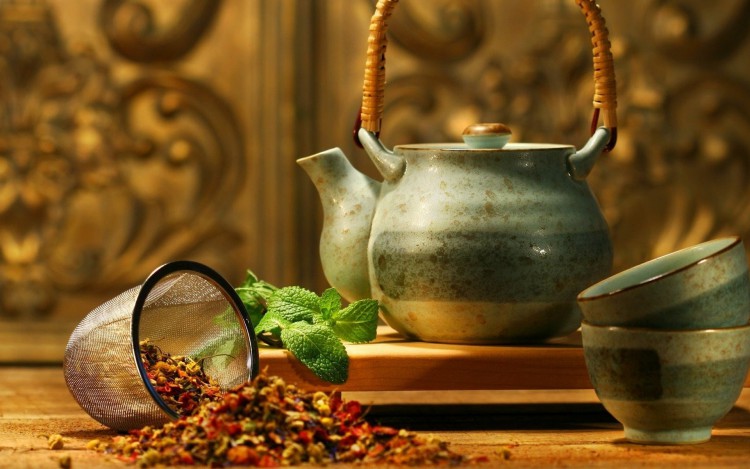
This herbal collection originates in the Solovetsky Monastery
Composition and method of preparation of monastery tea
The original recipe for making monastery tea looks quite simple and does not contain any magical and inaccessible herbs and berries, for example, a fern flower or a cactus fruit.
The composition of the monastery tea includes:
- rosehip berries;
- elecampane root;
- hypericum herb;
- oregano herb;
- classic loose black tea.
As you can see from the list - it is not difficult to purchase such a set at a nearby pharmacy and store, however, you need to take into account the freshness of the components of the collection and the time of collection - dry raw materials should not be more than a year old. Rose hips must be collected during their maximum ripening, elecampane root - after the flowering phase, but herbs - before.
Preliminarily prepare a decoction of elecampane and wild rose on a quiet fire for 20 minutes, then add everything else to the decoction and leave for another hour. Recipe based on 2 tablespoons of herbs, 2 teaspoons of tea per 1 liter of water.
Useful properties and composition of monastery tea
Useful properties of the product are made up of its raw materials. In this section, we will consider each plant used as part of the monastery collection:
Due to the high content of antioxidants, berries have good phytoncidal and bactericidal properties, which is used in the treatment of infectious diseases, burns, dermatitis, and trophic ulcers. Rose hips contain a wide range of vitamins - almost all known today, which makes it a serious multivitamin remedy. Many modern vitamin preparations, including pure ascorbic acid, are obtained from rose hips.
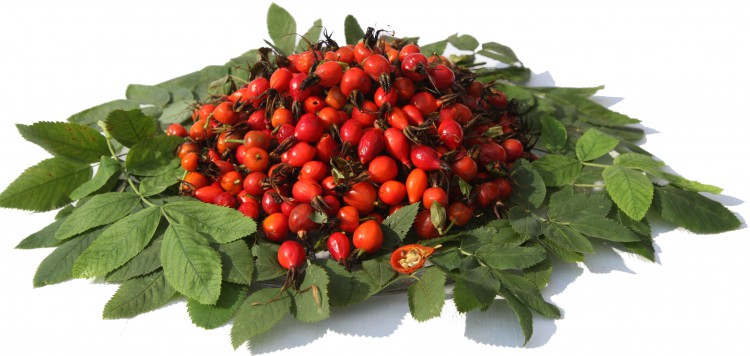
Rose hips have strong antioxidant properties.
Rhizomes and roots of elecampane. Fresh raw materials contain a significant amount of inulin polysaccharide - a substance that is used in diabetes as a sugar substitute. The human digestive system does not contain enzymes capable of breaking down inulin into simpler sugars, so it is excreted in its pure form.
Gelenin and allantol are substances of complex chemical composition that are included in the essential oils of elecampane root. In the pharmacological industry, the anthelmintic drug alantolactone and alanton, a drug for the treatment of gastric and duodenal ulcers, are made from them.
In addition, the roots of elecampane have anti-inflammatory, choleretic, weak diuretic effects. They reduce the secretory activity of the stomach and intestinal motility, which is used in the treatment of peptic ulcers.
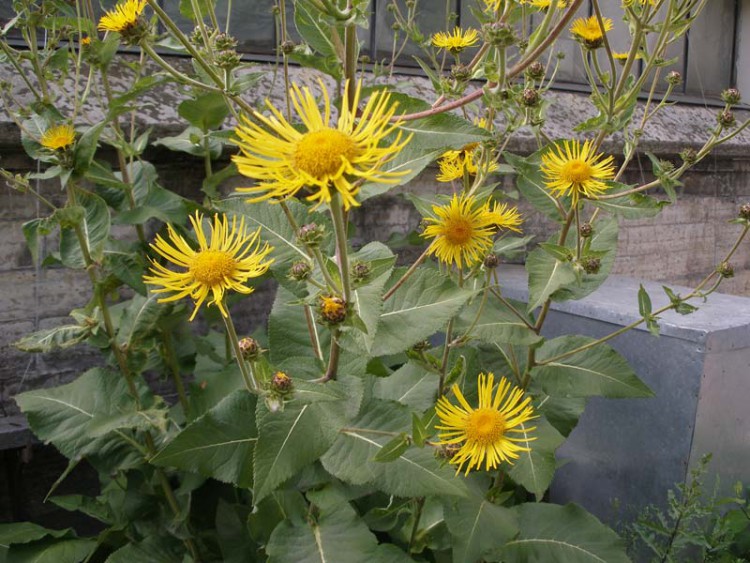
The rhizomes of elecampane have a pronounced anti-inflammatory effect.
In pharmaceuticals, St. John's wort extract is widely used as a weak antidepressant that has an effect in mild forms of depression. Such effectiveness of St. John's wort has been scientifically proven.
In women, St. John's wort is effectively used in the treatment of premenstrual tension syndrome.
It has been proven that treatment with St.

John's wort extract is an antidepressant
Oregano herb. The main quality of oregano is the presence of a large amount of essential oils, which gives the plant a strong smell and led to the Russian name of the plant. Oregano essential oils, which have a calming effect, are widely used in aromatherapy as a mild sedative. Possessing a certain amount of tannins, grass extracts are used as an expectorant and antiseptic.
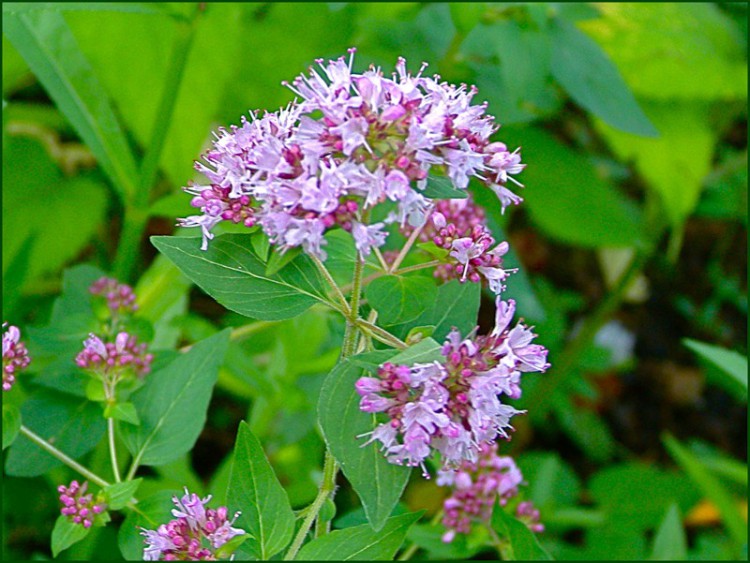
Oregano is a mild sedative
Black leaf tea. Much is known about the properties of black tea. The main one is: a general tonic and stimulating effect on the central nervous system due to a significant amount of caffeine in the tea leaf.
The plants that make up the monastery tea contain a huge complex of substances useful for the body: vitamins, antioxidants, stimulants of nervous activity, anti-inflammatory substances. Of course, such a wide spectrum cannot but have a beneficial effect on the general tone of the diseased organism. However, one should take into account the fact that many diseases, the complete cure of which is attributed to monastic tea, are characterized by organic irreversible changes. Such diseases, in essence, are incurable today. The use of monastic tea in such pathologies can only provide supportive, sometimes symptomatic therapy.
Incurable diseases from the “monastic” list include diabetes mellitus, various types of prostatitis, hepatosis, and even gastric ulcer, which in 99% of cases becomes chronic and regularly worsens. Even radical surgery on the stomach does not guarantee protection against the occurrence of relapses.
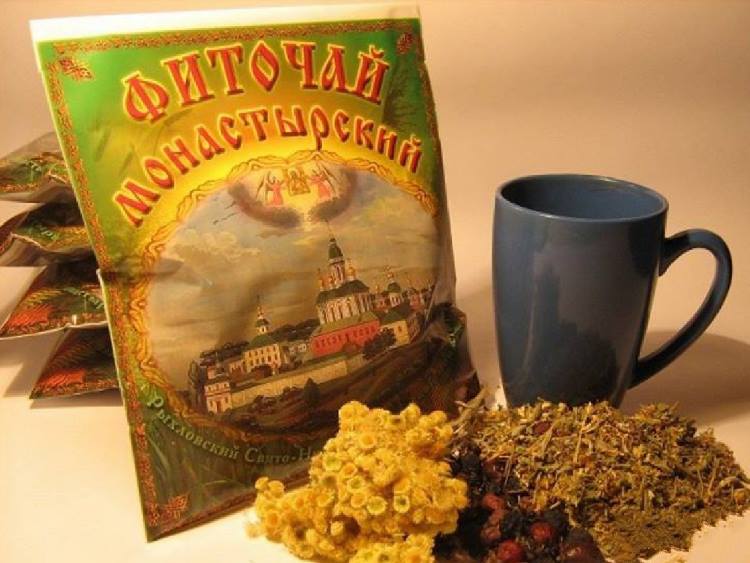
The plants that make up this tea contain a huge complex of useful substances.
Whether it is worth talking about monastic tea as a panacea for all diseases or not, only everyone can judge on the basis of objective facts, the logic of personal thinking and, most importantly, their own experience.
